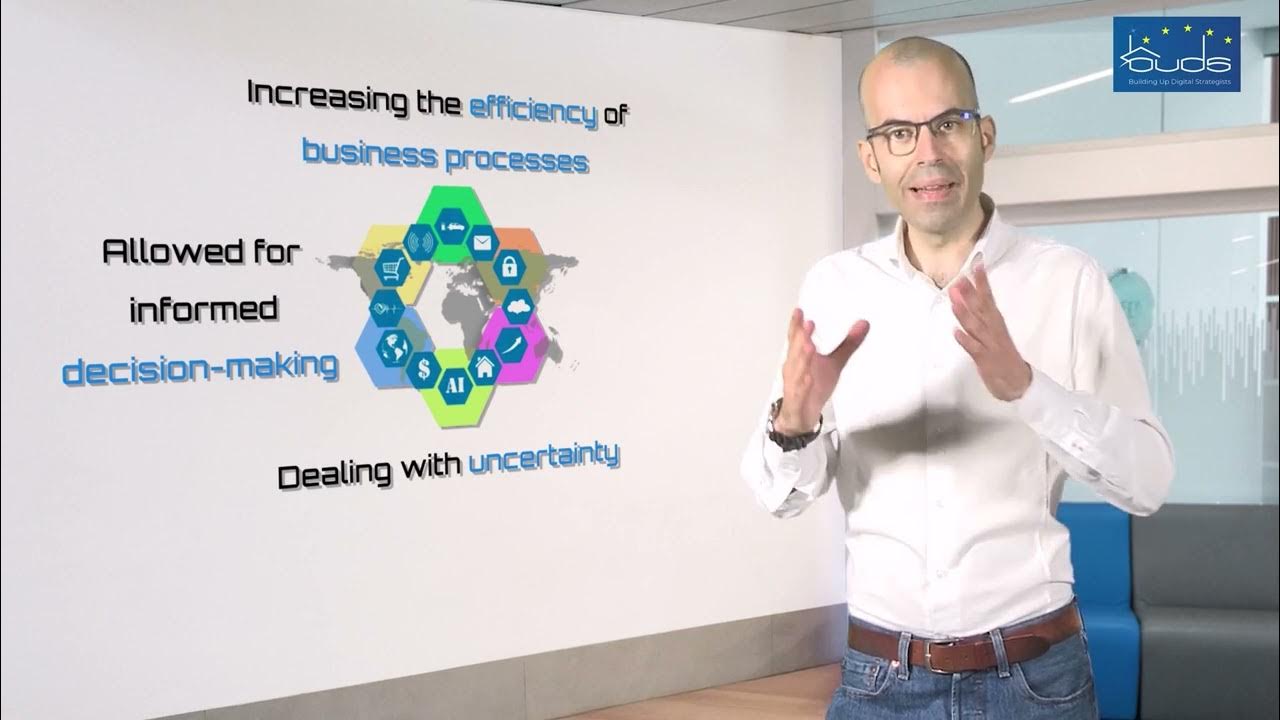Talent Acquisition | HR Basics
Summary
TLDRThis video dives into the essential aspects of Talent Acquisition, highlighting its strategic role in driving organizational success. It covers key topics such as understanding Talent Acquisition, developing effective strategies, leveraging technology, and fostering diversity and inclusion. The script also emphasizes the importance of employer branding, the selection process, and the role of data-driven metrics in improving Talent Acquisition. Finally, it discusses emerging trends like AI, remote work, and predictive analytics, all of which shape the future of recruiting top talent.
Takeaways
- 😀 Talent Acquisition is a proactive, strategic process focused on finding, attracting, and onboarding individuals who contribute to an organization's success.
- 😀 Talent Acquisition goes beyond recruitment; it includes workforce planning, employer branding, sourcing strategies, and ongoing candidate relationship management.
- 😀 Organizations with top talent, like Google, gain a competitive advantage, drive innovation, and maintain growth.
- 😀 Employer branding plays a crucial role in attracting high-quality candidates, with examples like Salesforce focusing on values and social responsibility.
- 😀 Effective workforce planning involves analyzing current workforce capabilities, identifying skill gaps, forecasting future needs, and developing action plans to address them.
- 😀 A strong employer brand is built by defining your Employee Value Proposition (EVP), communicating it consistently, and engaging employees as brand ambassadors.
- 😀 Leveraging various sourcing strategies, such as job boards, employee referrals, and campus recruiting, helps attract the right talent.
- 😀 The selection process should include structured interviews, psychometric assessments, panel interviews, and cultural fit evaluations to ensure the best hires.
- 😀 A strong onboarding process, including pre-boarding, orientation, mentorship, and feedback, is crucial for reducing turnover and improving employee retention.
- 😀 Future Talent Acquisition trends include the increased use of AI and machine learning for screening, the rise of remote work, and the growing gig economy.
Q & A
What is the difference between Talent Acquisition and Recruitment?
-Talent Acquisition is a holistic and strategic process that involves not just filling vacancies but also workforce planning, employer branding, and building a talent pipeline. Recruitment, on the other hand, is a subset of Talent Acquisition and focuses primarily on filling specific vacancies.
Why is Talent Acquisition important for organizations?
-Effective Talent Acquisition provides several benefits: it creates a competitive advantage by bringing in top talent, drives innovation and growth, reduces turnover and associated costs, and enhances the employer brand, making it easier to attract high-quality candidates.
How can organizations use workforce planning in Talent Acquisition?
-Workforce planning helps organizations analyze their current workforce, identify gaps in skills or resources, forecast future talent needs, and develop action plans to bridge these gaps. This ensures that the right people with the right skills are in place at the right time.
What are some strategies for building a strong employer brand?
-Building a strong employer brand involves defining your Employee Value Proposition (EVP), communicating it consistently across all platforms, engaging current employees to share positive experiences, and showcasing company achievements and culture to attract top talent.
What role does technology play in Talent Acquisition?
-Technology enhances Talent Acquisition by automating tasks, improving efficiency, and providing data-driven insights. Tools like Applicant Tracking Systems (ATS), AI for screening and decision-making, video interviewing tools, and HR analytics help streamline processes and improve outcomes.
Why is diversity and inclusion important in Talent Acquisition?
-Diversity and inclusion are crucial for building a dynamic and innovative workforce. Incorporating D&I in Talent Acquisition involves using inclusive job descriptions, sourcing from diverse talent pools, and training hiring managers to reduce unconscious bias, ensuring fair and equitable hiring.
What are the best practices for the selection process in Talent Acquisition?
-Best practices for selection include using structured interviews, assessment tools like psychometric and skills tests, conducting panel interviews, assessing cultural fit, and performing reference and background checks to ensure a comprehensive evaluation of candidates.
How can companies ensure effective onboarding of new hires?
-Effective onboarding involves pre-boarding activities, providing new hires with essential information before their first day, orientation to introduce them to the company culture, setting clear expectations through training, pairing them with a mentor, and gathering feedback for continuous improvement.
What metrics should organizations track to measure the success of their Talent Acquisition efforts?
-Key metrics include Time to Fill (measuring hiring efficiency), Cost per Hire (calculating total hiring costs), Quality of Hire (evaluating new hires' performance and retention), Candidate Experience (gathering feedback from candidates), Source of Hire (tracking sourcing channel effectiveness), and Diversity Metrics (monitoring the diversity of the candidate pool).
What are some future trends in Talent Acquisition?
-Future trends include the increasing role of AI in screening and decision-making, the rise of remote work and virtual onboarding, the growing gig economy and reliance on freelance workers, a greater focus on employee experience, and the use of predictive analytics for better hiring decisions and workforce planning.
Outlines

This section is available to paid users only. Please upgrade to access this part.
Upgrade NowMindmap

This section is available to paid users only. Please upgrade to access this part.
Upgrade NowKeywords

This section is available to paid users only. Please upgrade to access this part.
Upgrade NowHighlights

This section is available to paid users only. Please upgrade to access this part.
Upgrade NowTranscripts

This section is available to paid users only. Please upgrade to access this part.
Upgrade NowBrowse More Related Video

Strategic HRM Key Principles, Benefits of Strategic HRM, Optimize Goals and Decision-Making.

Industry & Insights - HR Mythbusting with Jaclyn Pummill

E Business Planning, Strategy & Management part 3

Manajemen SDM

What is Strategic Management and Its Impact on Business?

1.3.4. Artificial Intelligence for Digital Transformation: Advantages and Challenges
5.0 / 5 (0 votes)